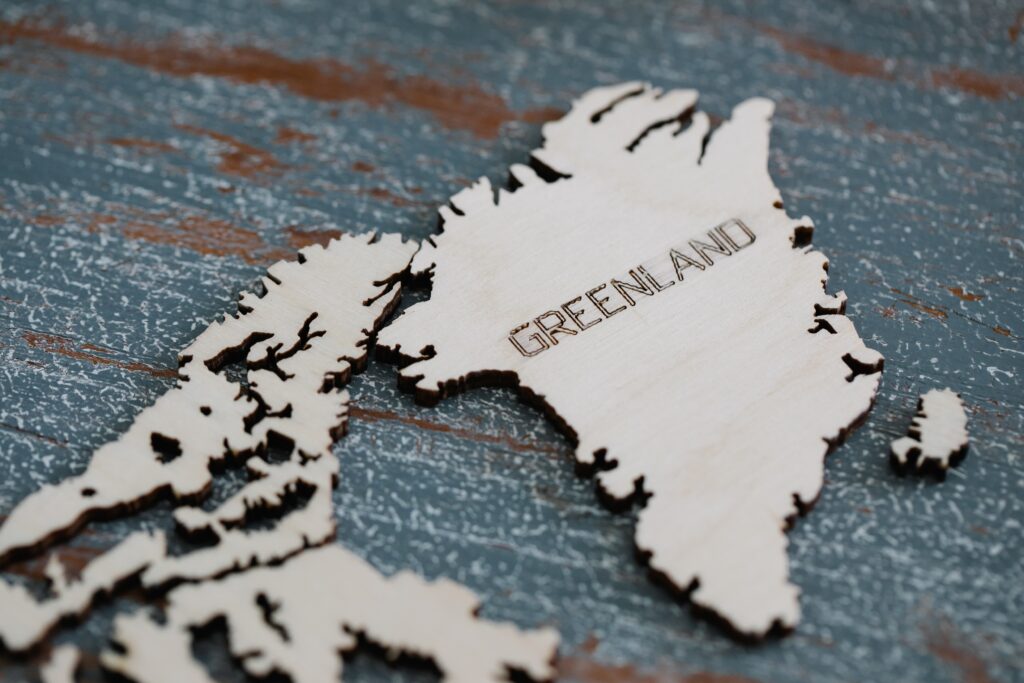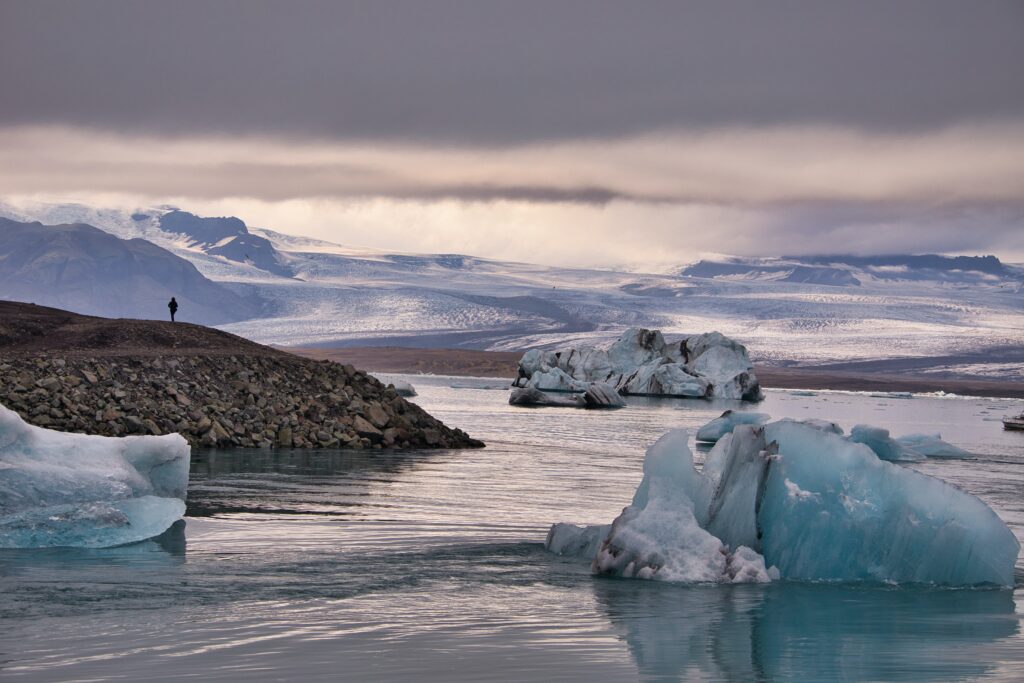A recent groundbreaking study has uncovered evidence of a verdant, ice-free Greenland some 416,000 years ago, during a period of moderate warming. This finding challenges the prevailing view that the Greenland ice sheet has endured for millions of years, shedding light on its sensitivity to climate change and potential vulnerability to rapid melting.
What have we known so far?
During the summer of 1966, a team of American scientists and U.S. Army engineers achieved a remarkable feat – the culmination of a six-year endeavour to bore through the vast expanse of the Greenland ice sheet. This drilling operation took place at Camp Century, a military installation unlike any other, characterized by its nuclear power source and an intricate network of tunnels carved into the icy depths of Greenland.
Located in the northwest region of Greenland, the drilling site stood a substantial 138 miles away from the coastline, concealed beneath a staggering 4,560 feet of ice. Following the penetration of this icy barrier, the team’s efforts continued, reaching an additional 12 feet into the solid, frozen bedrock beneath.
In the frozen enclave, a figure clad in a fur-lined coat delicately extracts a lengthy ice core roughly the width of his hand. This individual, identified as George Linkletter, was part of the U.S. Army Corps of Engineers Cold Regions Research and Engineering Laboratory. His purpose was to scrutinize a segment of the ice core within the scientific trench at Camp Century, a base that would be decommissioned in 1967, as captured in an image from the U.S. Army Photograph archives.
Willi Dansgaard’s findings
Fast-forward to 1969, geophysicist Willi Dansgaard unveiled an unprecedented revelation through a meticulous analysis of the ice core extracted from Camp Century. This analysis illuminated the intricate shifts in Earth’s climate over the preceding 125,000 years.
These fluctuations depicted a cyclical pattern of frigid glacial epochs characterized by rapid ice expansion, giving way to warmer interglacial periods marked by ice retreat and consequent sea-level elevation, culminating in the submergence of coastlines across the globe.
For nearly three decades, scant attention was bestowed upon the 12-foot stretch of frozen ground extracted from Camp Century. Some research endeavours aimed to decipher the composition of the pebbles to glean insights into the bedrock concealed beneath the colossal ice sheet.

A period warmer than today
Another notable study alluded to the tantalizing possibility that the frozen soil harboured remnants of a period warmer than our contemporary times. Regrettably, these studies failed to capture widespread interest due to the absence of a reliable dating mechanism. Eventually, as the 1990s dawned, the frozen soil core vanished from the collective scientific radar.
A few years prior to the present day, our Danish counterparts serendipitously stumbled upon the misplaced soil sample ensconced within the recesses of a freezer in Copenhagen. This discovery excited an international consortium, uniting experts from diverse fields, all driven by the collective ambition to unravel the secrets of this extraordinary frozen climate data repository.
Among the uppermost stratum of samples, a revelation of remarkable proportions materialized – impeccably preserved fossilized plants emerged as unequivocal evidence that the land lying beneath Camp Century had been entirely devoid of ice cover at some point in the past.
However, a critical enigma remained – the precise juncture in history when this transformation occurred remained frustratingly elusive, prompting the overarching question: When exactly did this climatic metamorphosis transpire?
Challenging our previous beliefs
This recent discovery challenges the conventional notion that the Greenland ice sheet has mainly persisted undisturbed. Previous research indicated that Greenland experienced some degree of melting within the last million years, but this study refines our understanding of the timing and extent of the ice’s retreat.
The researchers pinpoint a period called Marine Isotope Stage 11, which spanned from 424,000 to 374,000 years ago, as the window during which a significant melting occurred. The analysis of sediment layers under the ice sheet provided evidence of flowing water in an ice-free environment. Astonishingly, this melting event resulted in a sea level rise of at least five feet across the globe despite atmospheric carbon dioxide levels being far lower than those observed today.

Key outcomes
The implications of these findings are extremely important. They suggest that the Greenland ice sheet is more responsive to human-induced climate change than previously anticipated. It has the potential for dramatic and rapid melting over the coming centuries, resulting in significant sea-level rise. Since approximately twenty-three feet of potential sea-level rise is locked within Greenland’s ice, coastal regions worldwide face heightened risk.
“Greenland’s past, preserved in twelve feet of frozen soil, suggests a warm, wet, and largely ice-free future for planet Earth,” says Bierman, a geoscientist in UVM’s Rubenstein School of the Environment and Natural Resources and a fellow in the Gund Institute for Environment, “unless we can dramatically lower the concentration of carbon dioxide in the atmosphere.”
The combination of luminescence technology and rare isotope analysis allowed researchers to deduce the precise timeframe during which the sediment layers were exposed to sunlight and subsequently buried beneath ice. The urgency to mitigate further warming intensifies as the Greenland ice sheet’s sensitivity to rising carbon dioxide levels becomes clearer. The study serves as a stark reminder that the fate of Greenland’s ice sheet is strongly tied to our choices today.



